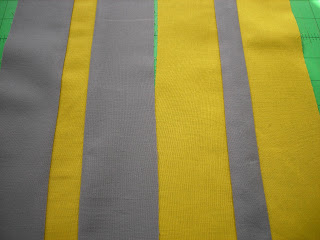The day began with alpacas. Dan and I went to our friend Tara's house to photograph her with her alpacas. She has 13 of them, and a few babies on the way.
That's Tara with her spinning wheel and some of the alpacas. She spins and knits or weaves with their wool. They will be sheared in April.
I got to steady the stepladder and carry Dan's camera bag. The wind was blowing, it was about 45 degrees, and I was freezing.
Next was my photo. The one below is the only one Dan forwarded to me. He wanted to get a shot of the store with blue sky and me hanging a quilt on the clothesline (which is just for today). He picked this quilt because of the size and color.
I think the photo project is over for now. He took pictures of seven of us and now has to do some editing. The idea is to show up of the area with various artisans in their setting, not to highlight the art work.
We have decided to open the store for the Thanksgiving weekend tour this year, so this may give us some exposure.
That's Tara with her spinning wheel and some of the alpacas. She spins and knits or weaves with their wool. They will be sheared in April.
I got to steady the stepladder and carry Dan's camera bag. The wind was blowing, it was about 45 degrees, and I was freezing.
Next was my photo. The one below is the only one Dan forwarded to me. He wanted to get a shot of the store with blue sky and me hanging a quilt on the clothesline (which is just for today). He picked this quilt because of the size and color.
I think the photo project is over for now. He took pictures of seven of us and now has to do some editing. The idea is to show up of the area with various artisans in their setting, not to highlight the art work.
We have decided to open the store for the Thanksgiving weekend tour this year, so this may give us some exposure.































